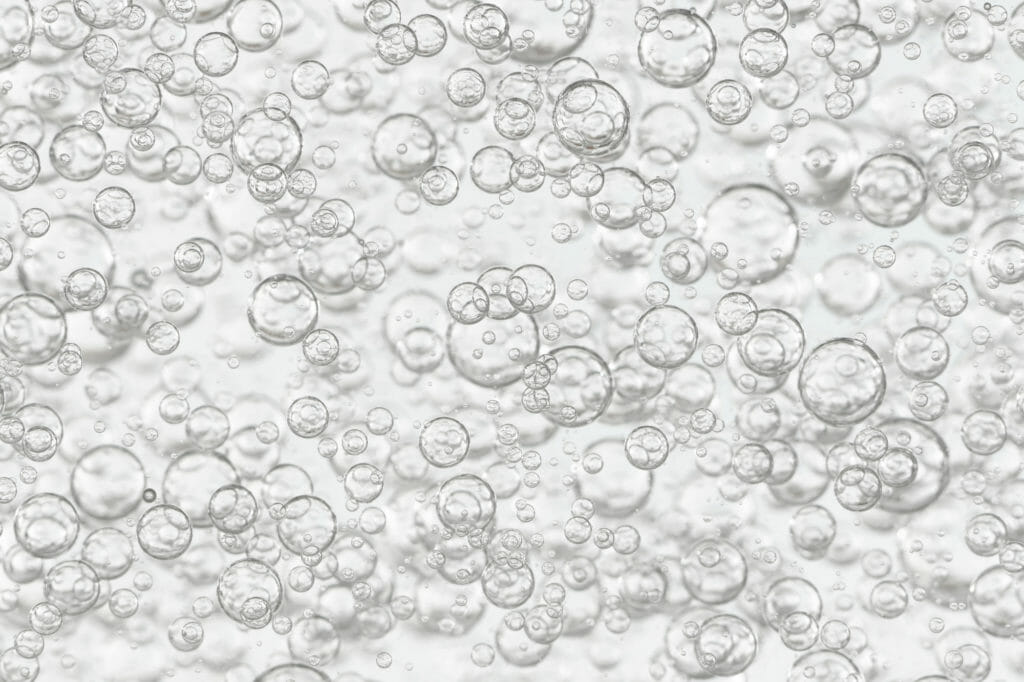
Add heat to any chemical reaction. What happens? The reaction speeds up. Heating your aqueous solution accelerates cleaning, so parts are processed faster and more effectively. Parts washers have heated tanks that maintain the cleaning solution’s temperature. Typical operating temperatures range from 130℉ to 190℉. Other cleaning factors include time and agitation. These factors, combined […]
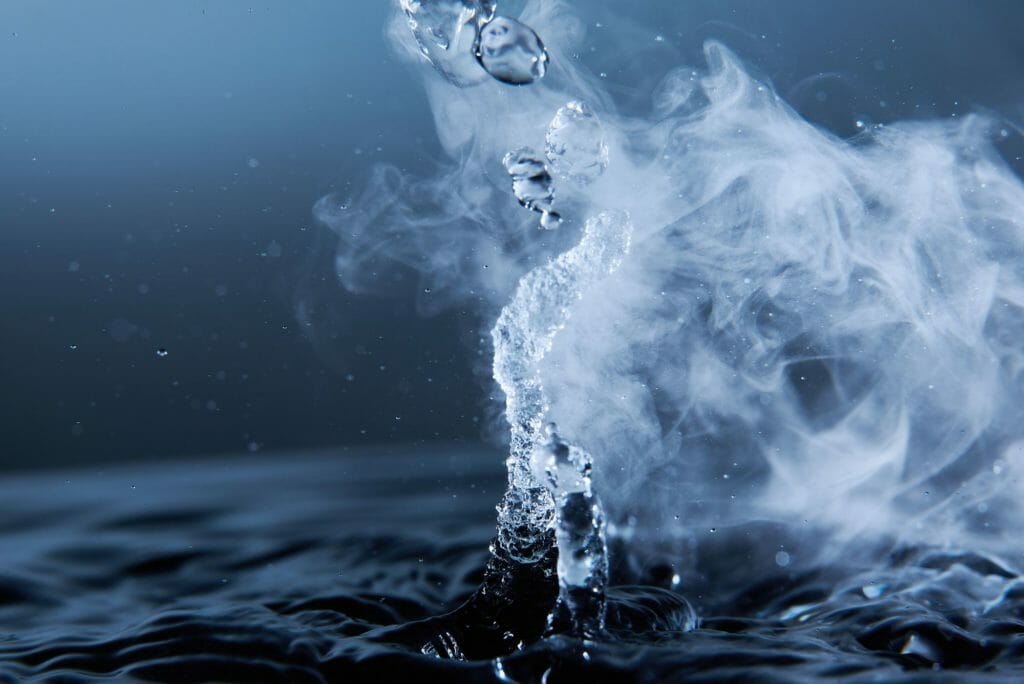
Heated parts washers boost cleaning efficiency. Heat increases chemical reaction rates, which speeds up your cleaning time and helps sanitize parts. When your immersion heater stops operating correctly, your parts washer won’t clean as it should. Check your heater regularly to catch wear and corrosion that could be affecting its operation. Is your screw plug […]
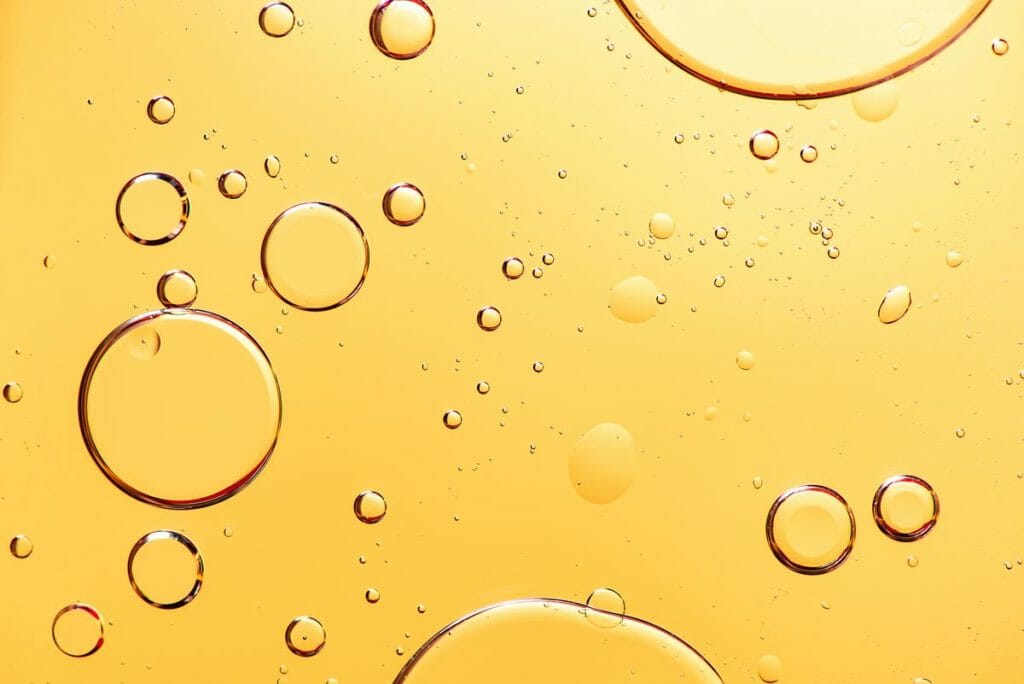
Aqueous cleaning chemistries are customized for specific applications. Your aqueous cleaner can look dirty or yellowed as it works its magic. Depending on your needs, you may have a spray, immersion or ultrasonic parts washer. Many custom parts washers perform a combination of these cleaning methods. Most of the time, cleaning solutions naturally change color […]
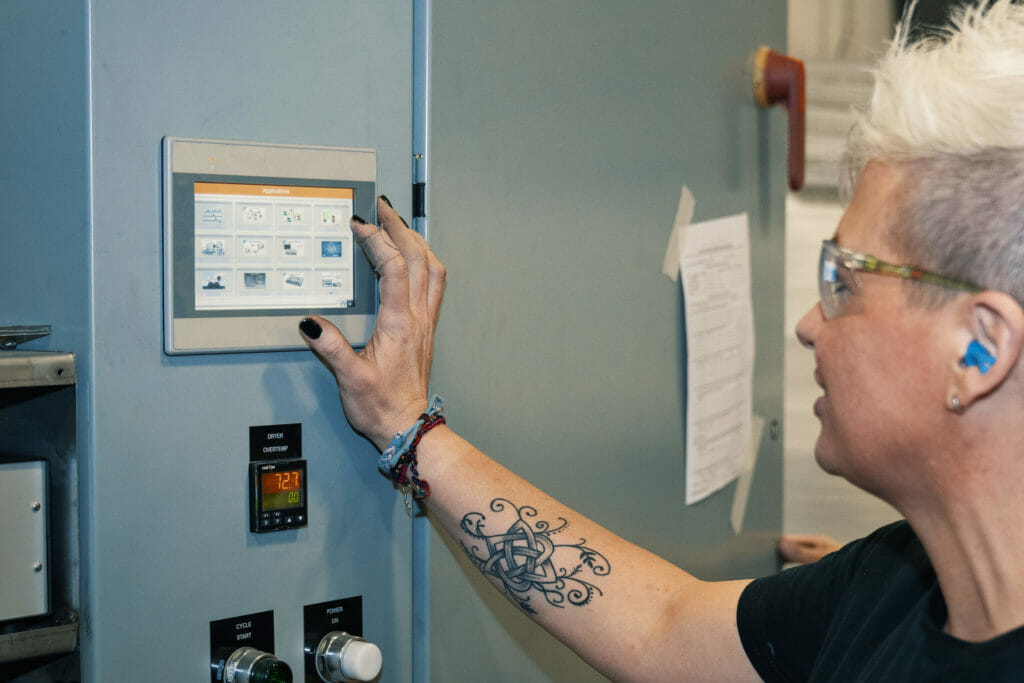
Is engineering the right career for you? Engineers are creative problem-solvers who make an impact on the world. In the parts cleaning industry, electrical engineers design systems and panels that distribute electricity throughout custom parts washers. Aqueous parts washers clean components for the next manufacturing stage or the consumer. Electrical engineers help make clean parts […]
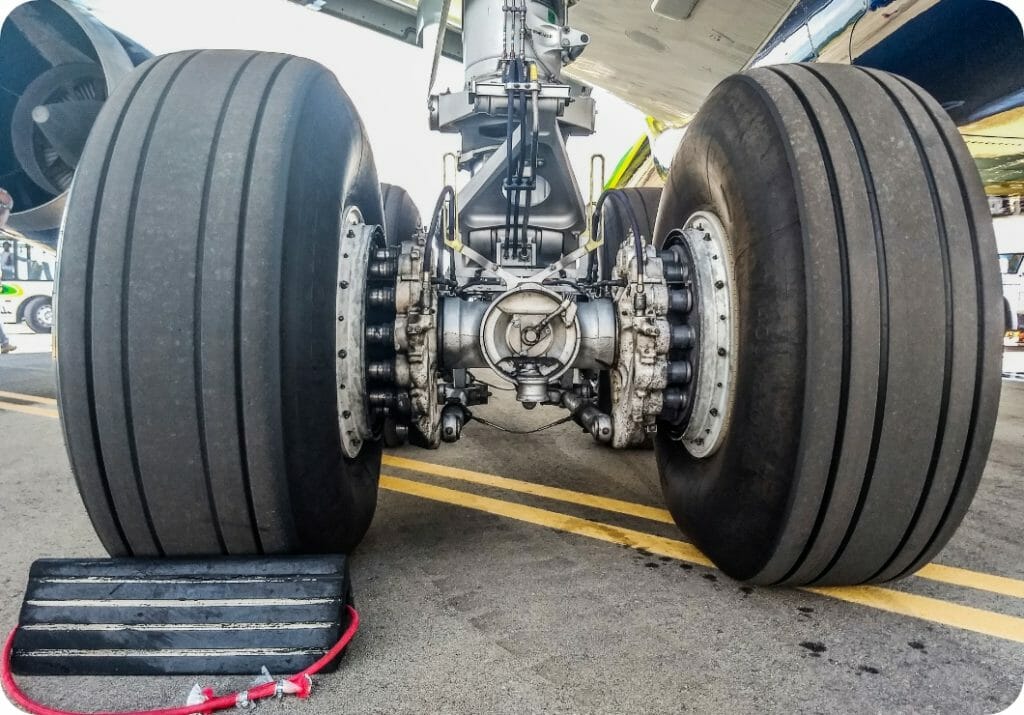
There’s a difference between parts cleaning and precision parts cleaning. Many manufacturers only need to rinse off soils. Others need to remove soils at the microscopic level. Precision cleaning does just that. What is precision cleaning, and what does it entail? From typical industry applications to required testing and verification, let’s walk through what you […]
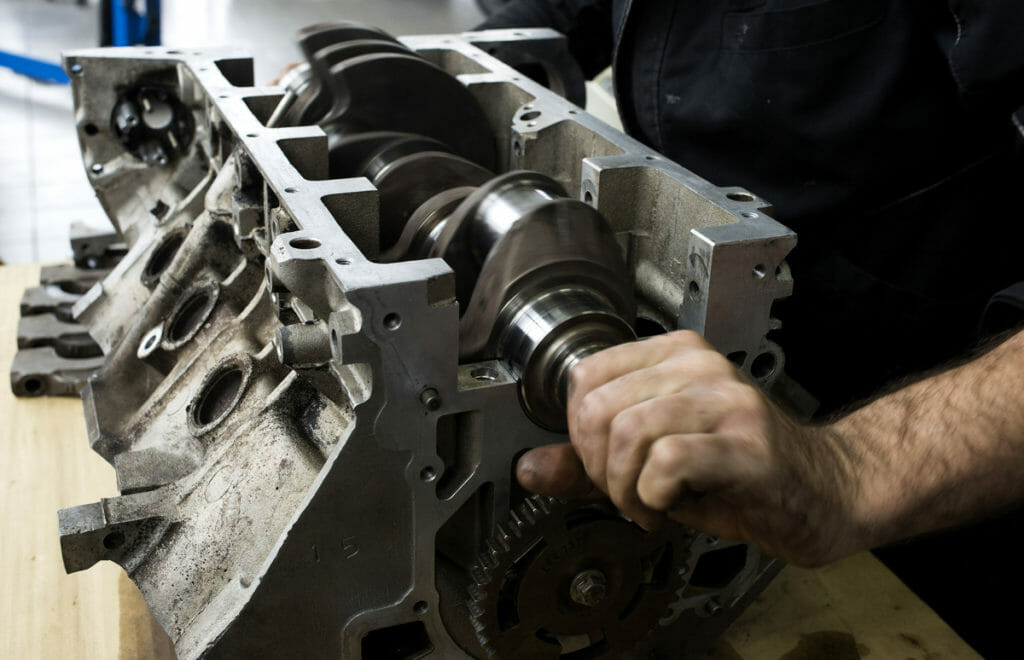
Automotive remanufacturing is on the rise as more people worldwide keep cars for extended periods of time. Personal vehicles and semi-trucks age, and they need high-quality replacement parts to keep operating. Remanufacturers fill this need with gasoline and diesel engine parts that meet or exceed the original equipment manufacturer’s standards. All automotive remanufacturers and service […]
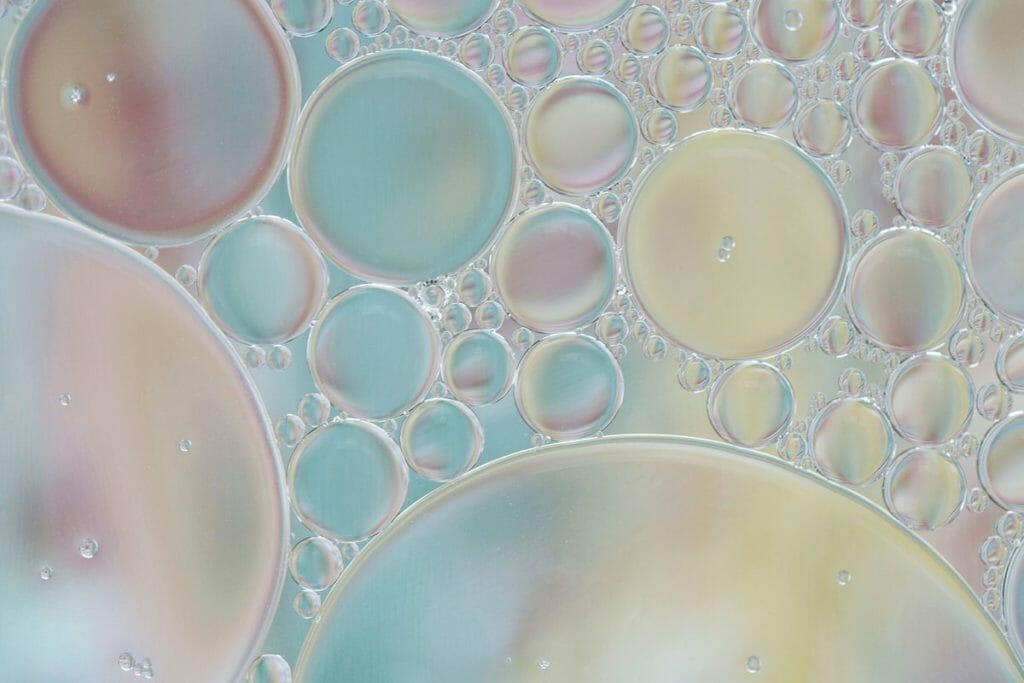
Aqueous cleaning chemistries are an effective way to remove soils from parts. Organic soils, including motor oil and grease, and inorganic soils, such as scale and rust, can be eliminated with the right system and chemistry. Every aqueous cleaner’s solvent is water. Unlike petroleum solvents, chemistries that are water-based clean without any harmful effects. Aside […]

Cleaning processes that work are essential for commercial ammunition production. As a manufacturer, the ability to meet critical tolerances and cleanliness requirements is essential to your process and product. Industrial aqueous parts washers help you produce safer, more reliable ammunition for the end-user. Keep reading for more information about how aqueous parts washers aid in […]

Heat is a powerful tool in parts cleaning. Time, temperature, mechanical agitation and chemistry are the four main factors of cleaning. Each factor determines if the parts cleaning process is effective. Strike the right balance, and you have a process that achieves the clean you need. Higher temperatures generally speed up the cleaning process, regardless […]
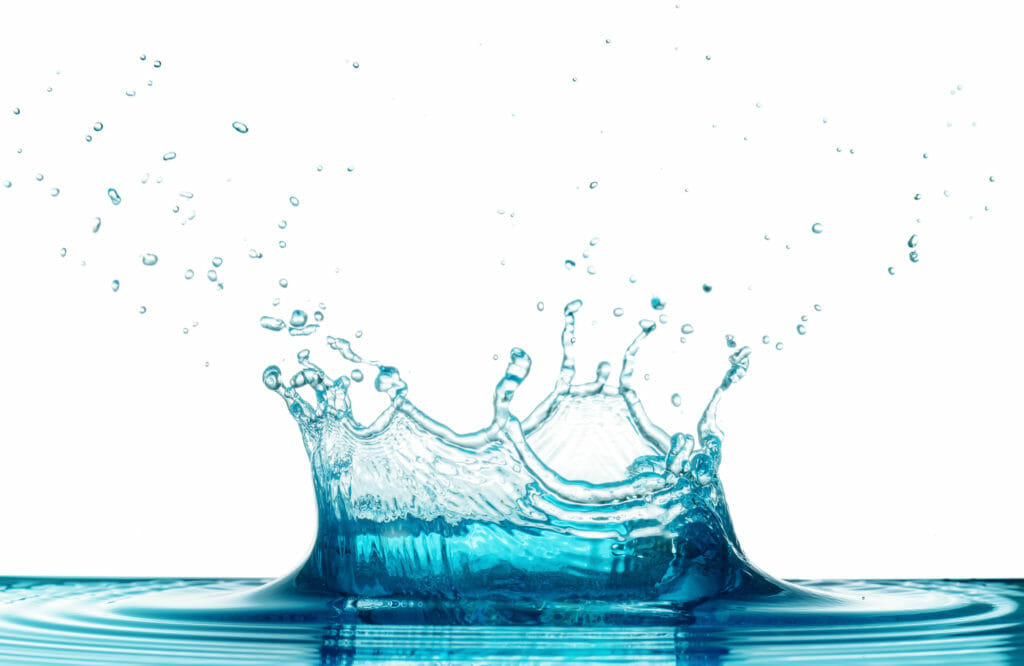
There are many things you should consider before ordering a custom parts washer, including its price, speed and ease of use. The most important thing to evaluate is your cleanliness standard. What do you need to clean, and how clean does it need to be? Complex shapes, blind holes, cross holes and fragile materials make […]





















